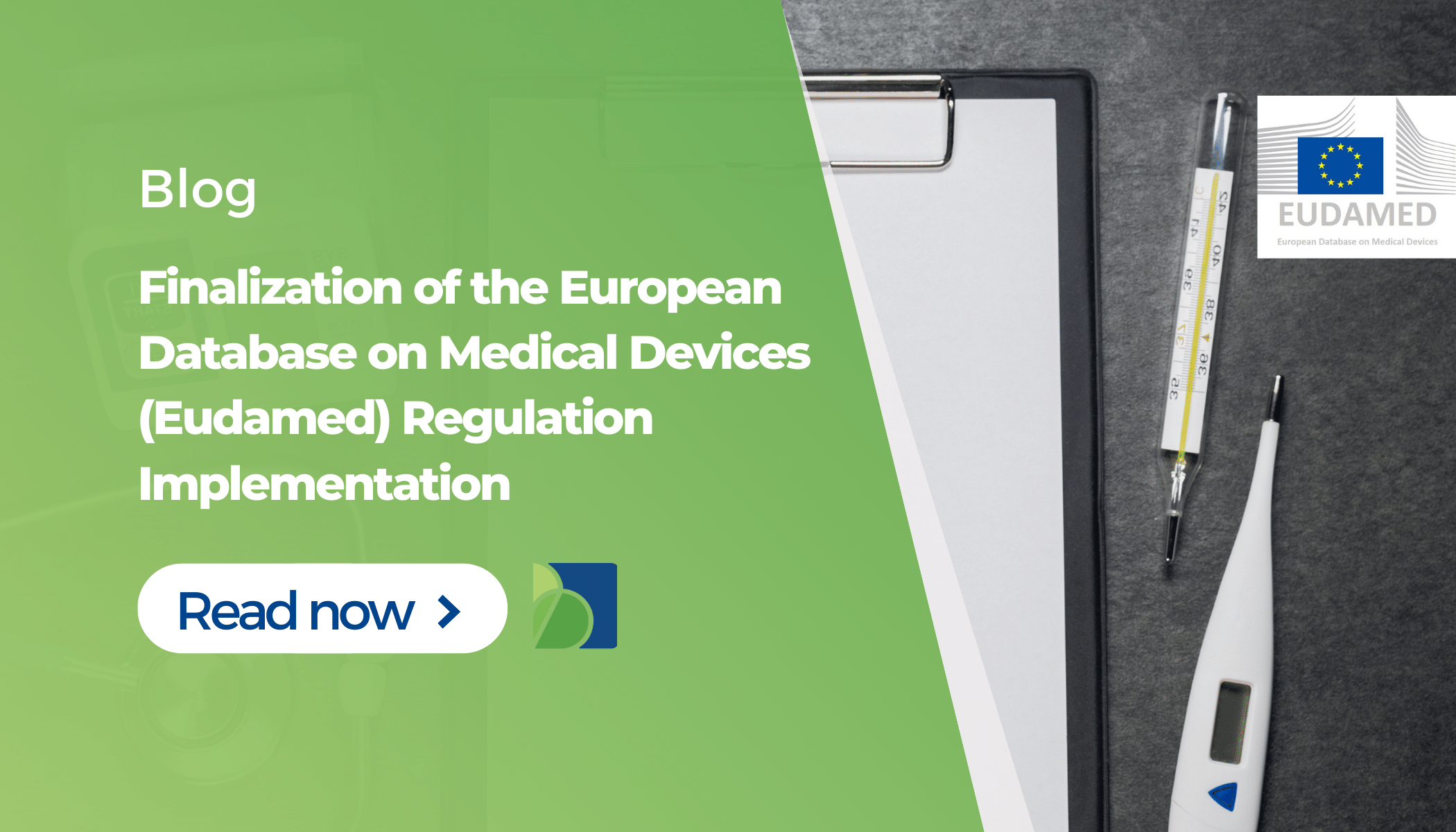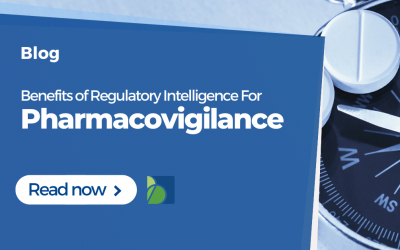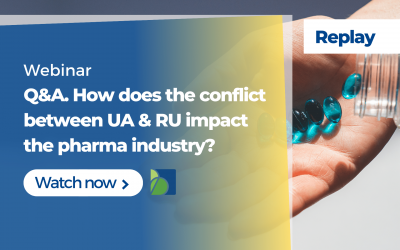There is an increased demand for Materiovigilance solutions in recent years as the usage of medical devices keeps growing. Current industry changes are already impacting future developments, and it is becoming more and more challenging to keep up with recent advancements, one of which is the implementation of medical devices Eudamed database.
Materiovigilance describes specifically Medical Device Vigilance. It’s the primary goal all manufacturers have – to ensure and improve patients’ safety by prevention measures in reducing incident occurrences. Materiovigilance system is needed to make sure all incidents are gathered, reported and investigated, leading you on a path of patient safety. However, one of the latest significant concerns has become the climbing number of incidents, leading the search for new and effective solutions.
Medical Devices Regulatory Framework
Medical devices are a distinct class of devices regulated differently from medicinal products in all aspects, such as mode of action, route to the market, submission requirements, and post surveillance. In European Union, medical devices had to undergo a conformity assessment to demonstrate that they met all the required legal requirements regarding safety and performance. They were also known as the “essential requirements” per Directive 93/42.
The EU Member States can designate accredited Notified Bodies to conduct conformity assessments. Once a medical device passes the conformity assessment, manufacturers can put the “CE” mark (Conformité Européenne/ European Conformity) on their medical devices.
Medical devices can be classified as:
- Class I;
- Class IIa, IIb and III;
- Class III, covering the highest risk products.
Depending on the class of the device, different regulations and guidelines are followed for registration and monitoring. The higher the classification, the greater the level of assessment required.
The regulations of medical devices have been governed mainly by the Directive 90/385/EEC and the Directive 93/42/EEC. However, Regulation (EU) 2017/745 (of 5 April 2017) took over from the directive 93/42/EEC and has been in full force since May 2020. There are also other vital guidelines, such as MEDDEV 2.4 and many ISOs (e.g., ISO 14971, ISO 10993) depending on the type of medical device.
Recent Updates in the Medical Devices Regulatory Framework
As the pharmaceutical landscape changes rapidly and the pharma Industry is transforming based on patients’ needs, new technologies of medical devices, all stakeholders should be aligned. By fundamentally revising the Directives needed to establish a comprehensive, transparent, predictable, and sustainable regulatory framework for medical devices, the industry can ensure a high level of safety and health whilst supporting innovation.
This was achieved with the Regulation (EU) 2017/745 (as of 05 April 2017). This regulation aims to ensure the smooth functioning of the medical devices market and simultaneously set high standards for the safety and quality of medical devices to meet common safety concerns. One of the key aspects of the Regulation (EU) 2017/745 was the creation of a European database for medical devices called Eudamed. This database was tasked with integrating various electronic systems to collect and process information related to medical devices.
Finally, on 26 November 2021, the European Commission published the “Commission Implementing Regulation (EU) 2021/2078” to lay down rules for applying the new regulation.
EU Commission Implementing Regulation for the Eudamed database
With this new regulation, the EU commission provides specific rules for the basic system operation, as transparency and adequate access to information, appropriately presented for the intended user, are essential in the public interest.
The medical devices Eudamed database gives access to all stakeholders: the Commission, competent authorities, authorities responsible for notified bodies, notified bodies, manufacturers, authorized representatives, importers, natural or legal persons involved and sponsors of clinical investigations.
Some of the primary database objectives are:
- To enhance overall transparency, including through better access to information for the public and healthcare professionals;
- To avoid multiple reporting requirements;
- To build confidence in the regulatory system;
- To enhance coordination between the Member States, streamline and facilitate the flow of information between economic operators, notified bodies or sponsors and the Member States, and between the Member States among themselves and with the Commission.
In this document, the regulation provides detailed information related to:
- Registration in Eudamed database;
- Accessing Eudamed via the restricted website;
- Technical and administrative support;
- Ownership and processing of the personal data;
- Functional rules;
- Malfunctions;
- Websites for testing and training purposes;
- Fraudulent user activity within Eudamed;
- IT support.
To ensure that users of the medical devices Eudamed database receive the support needed when using the database, the Commission will provide them with timely technical and administrative assistance on Eudamed. Additionally, and in case of technical unavailability or malfunction of Eudamed, authorized users should still be able to fulfil their obligations, and alternative mechanisms should be in place for business continuity purposes.
Even though the regulation came out just recently, we can already see the benefits Eudamed will bring to the whole industry, from improving the flow of information to fostering cooperation between various parties.












